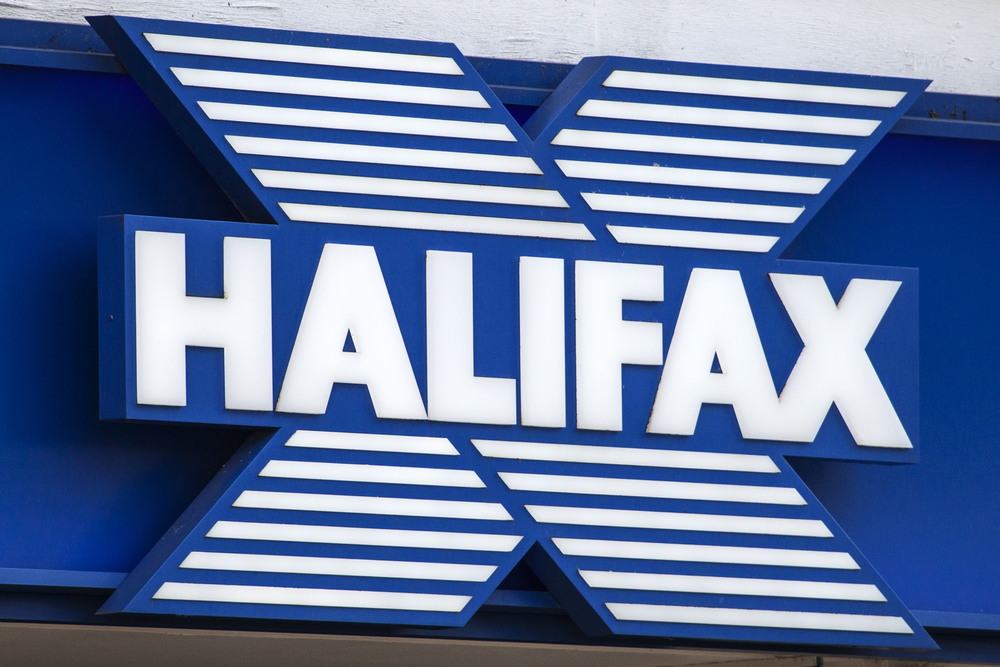
According to the report, this is partly due to the rate at which owner occupation and social housing has grown over the last decade.
Privately rented properties would have to increase by 227,000 per year to meet government targets, including the establishment of 1.8m new households over the next 10 years.
“Today’s report highlights in stark detail the supply crisis now engulfing the sector. For all the efforts to support homeownership, the private rented sector has a vitally important role to play in helping the government to achieve its housing objectives,” says NRLA chief executive Ben Beadle.
“Without urgent action, the increasing number of people looking for affordable housing will be the ones to struggle as they face less choice and higher rents as supply dries up,” he adds.
The report predicts that without reform to tax or other policy areas, stock in the private rented sector will drop by a further 540,000 over the next decade.
The UK treasury must encourage investment across the sector, it said. An increased rate of new builds, use of commercial property for residential purposes, stock switching from short-term to long term-let, and repurposing empty properties, should be target areas for funds.
Capital Economics managing economist Andrew Evans, says: “The private rented sector, which is predominantly supported by private individual investors, has a key role to play in addressing housing need in the UK.”
“However, the stock of homes for private rent has fallen in recent years, driven partly by a series of policy changes. Without further changes, that supply could fall by over half a million more over the next decade.”
“Even with increased provision of affordable housing and higher rates of owner occupation, both of which are important, our research shows that significant additional investment is needed by landlords in the private rented sector.”



